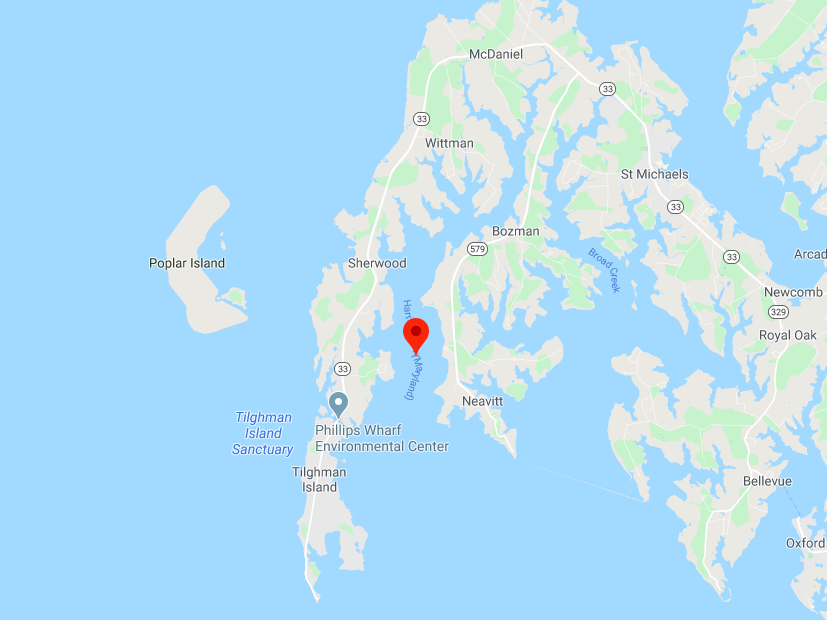MDE Seeks to Clarify Harris Creek Closure Announcement – Pollution Questions Remain

The following is a response from the Maryland Department of the Environment (MDE) to questions posed by DFA about the MDE letter to DNR dated April 23 announcing that portions of Harris Creek will be closed for the harvesting or storing of shellfish effective May 18 because “the waters are polluted so that shellfish produced or stored in this area are a hazard to public health”:
Good morning Captain Newberry,
The May 3 Star Democrat article, “MDE closes most of Harris Creek to shellfish harvesting,” may have left readers confused about the actions MDE is taking, the reasons for those actions and the public availability of data that supports those actions.
The potential for confusion begins with the fact that saying “most of Harris Creek” is being closed to shellfish harvesting is inaccurate. About 428 acres of waters where the Northwest Branch Harris Creek meet the main stem of the creek, along with about 71 acres of Cummings Creek, are being reclassified as restricted, meaning that no direct harvest of oysters or clams is permitted. However, the vast majority of Harris Creek remains classified as approved for harvesting. The reclassification is effective May 18, to allow MDE to provide notice to Natural Resources Police and to commercial watermen.
It is important to note that there is no evidence to suggest that the oyster restoration work in Harris Creek is in any way connected to the increase in bacteria levels that MDE has found in recent years.
The reclassifications are due to recent routine evaluations of fecal bacteria levels in portions of the waterways. MDE regularly monitors bacteriological water quality and conducts pollution source surveys to determine which areas are safe for the harvesting of shellfish. The cause of an increase in bacteria levels is not always known, and no specific cause has been identified for the increased levels in this area. The relevant sampling data for Harris Creek and for monitoring stations throughout Maryland is publicly available on MDE’s website at https://mdewin64.mde.state.md.us/WSA/Shellfish/index.html.
There are three oyster leases and one proposed lease, covering a total of about 27 acres, affected by these reclassifications. MDE reached out to the lease holders and the prospective lease holders prior to the reclassifications. Lease holders can obtain a relay permit from MDE, under which shellfish can be harvested from closed areas if the oysters are moved, or relayed, to another lease in approved waters to ensure that the oysters naturally cleanse themselves so they can be harvested and sold to consumers. The lease holders affected by this reclassification also have leases in approved waters for relay.
MDE is required to close areas that do not meet the strict water quality standards for shellfish harvesting waters. These actions are necessary to protect public health by preventing harvest from the areas affected and ensure Maryland remains in compliance with the National Shellfish Sanitation Program. MDE has a longstanding policy to reopen areas to shellfish harvesting when water quality improves.
I hope this provides clarification, additional information, and answers to your questions. Please contact me if you have further questions or concerns.
Thank you,
Lee
Lee Currey, Director
Water and Science Administration
Maryland Department of the Environment (MDE)
Montgomery Park
1800 Washington Blvd., Ste. 4502
Baltimore, MD 21230-1718
Office: 410-537-3567
Cell: 410-375-8321